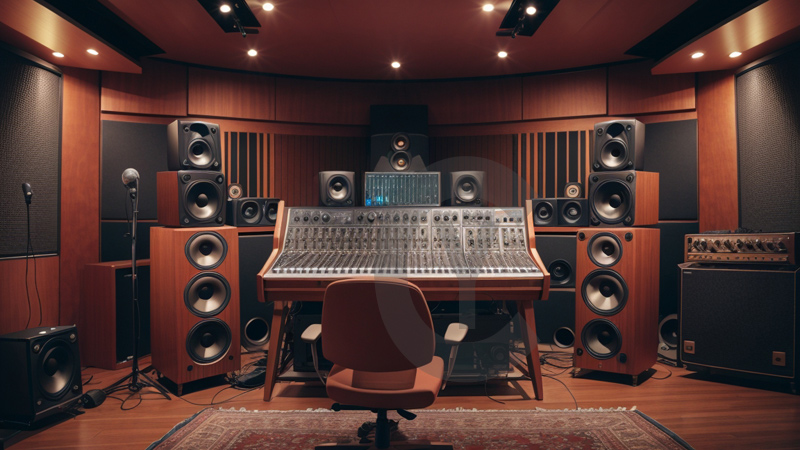
Mixing Acoustic Instruments
Mixing Acoustic Instruments
Acoustic instruments can add a lot of richness and depth to a mix. However, they can also be challenging to mix, as they can be prone to feedback and other problems.

Here are some tips for mixing acoustic instruments:
Start with a good recording. The better the recording, the easier it will be to mix. Make sure the instrument is properly mic'd and that the levels are good.
Use EQ to balance the frequencies. Acoustic instruments can have a wide range of frequencies, so it's important to use EQ to balance them out. You may need to boost or cut certain frequencies to make the instrument fit in the mix.
Use compression to control dynamics. Acoustic instruments can be quite dynamic, so compression can be used to control the levels and create a more consistent sound.
Add effects to enhance the sound. Effects, such as reverb and delay, can be used to add depth and space to acoustic instruments.
EQ
EQ is a powerful tool that can be used to shape the sound of an acoustic instrument. Here are some common EQ techniques for mixing acoustic instruments:
Cut unwanted frequencies. Acoustic instruments can have a lot of low-end and high-end frequencies that can be muddy or harsh. Use EQ to cut these frequencies to make the instrument sound cleaner.
Boost desired frequencies. You can also use EQ to boost certain frequencies to make the instrument stand out in the mix. For example, you might boost the mid-range frequencies to make the instrument sound more present.
Compression
Compression can be used to control the dynamics of an acoustic instrument. This can help to make the instrument sound more consistent and less likely to feedback.
Here are some common compression techniques for mixing acoustic instruments:
Use a fast attack and release. This will help to control the transients of the instrument and prevent feedback.
Set a moderate ratio. A ratio of 2:1 to 4:1 is usually a good starting point.
Use a low threshold. This will ensure that the compression is only applied to the loudest parts of the instrument.
Effects
Effects can be used to add depth and space to acoustic instruments. Here are some common effects for mixing acoustic instruments:
Reverb: Reverb can be used to create the illusion of space and depth.
Delay: Delay can be used to create a sense of movement and rhythm.
Distortion: Distortion can be used to add grit and edge to an instrument.
Mixing Acoustic Instruments Together
When mixing acoustic instruments together, it's important to consider the following factors:
Frequency overlap. Make sure that the instruments do not overlap too much in the frequency spectrum. This can create muddiness and confusion.
Dynamics. Make sure that the instruments have similar dynamics. This will help them to blend together more smoothly.
Tempo. Make sure that the instruments are in time with each other. This will help them to sound more cohesive.
By following these tips, you can mix acoustic instruments to create a rich and balanced sound.
Posted by November 15th, 2023
Comment
